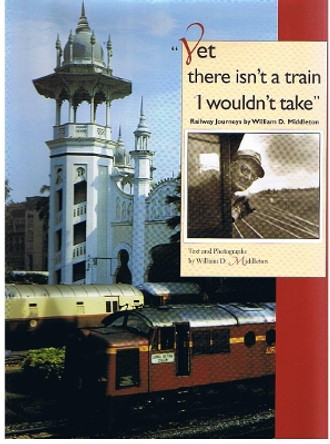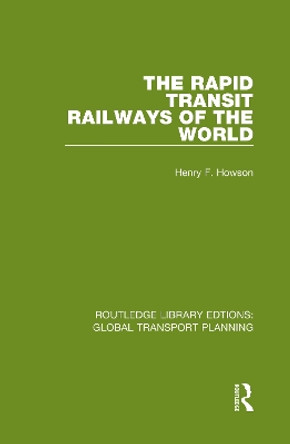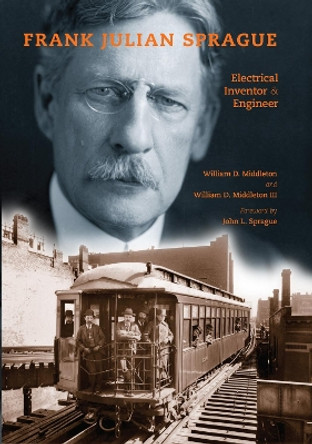Description
Early in the 19th century, growing American cities began to experience transportation problems. One solution was the horse-drawn streetcar, developed in 1832, but it soon proved inadequate. The first elevated train was transporting passengers above the streets of Manhattan by 1871; the first subway opened 25 years later in Boston; and similar systems soon followed in Philadelphia and Chicago. Rapid transit was confined to these few cities until after World War II, when a new generation of systems began to appear. In the 1970s, light rail became an economical alternative to conventional rapid transit. By century's end, some three dozen cities in the U.S., Canada, and Mexico operated metropolitan rapid transit or light rail systems that transported five billion urban passengers annually, and still more were under construction or planned.
These diverse systems include elevated lines ranging from Chicago's "L" to the fully automatic Skytrain metro of Vancouver, B.C.; subways from New York City's thundering tunnels-the world's largest underground system-to the thoroughly modern metro of Guadalajara; and light rail from lovingly restored New Orleans streetcars to the sleek, articulated vehicles of Silicon Valley.
Metropolitan Railways is a large-scale, extensively illustrated volume that deals with the growth and development of urban rail transit systems in North America. It traces the history of rail transit technology from such impractical early schemes as a proposed steam-powered "arcade railway" under New York's Broadway through today's sophisticated systems. Rapid transit enthusiasts as well as residents of cities that are potential candidates for rapid transit or light rail systems will find this book indispensable.
An illustrated popular history of the development of urban rapid transit and light rail systems
About the Author
William D. Middleton, a transportation historian and journalist, is the author of 18 books, including The Time of the Trolley, The Interurban Era, and When the Steam Railroads Electrified, which together with Metropolitan Railways form a comprehensive illustrated history of electric railway transportation in North America.
Reviews
Middleton, a transportation historian, has written the definitive history of urban rail systems in North America. Although it looks like a coffee-table book, it is much, much more. There are long narrative chapters, short biographical sketches of major figures in the history of urban rail development, a set of appendixes devoted to rolling stock and track used in the various systems, and maps of all the current urban rail systems in North America. Middleton's survey begins with the horse-drawn street railways of New York and the various proposals floated throughout the early 19th century for inanimate sources of power for transit systems. He then describes and analyzes the development of elevated systems, subways, and finally the integrated systems that existed in most major US cities in the mid, 20th century. Latter chapters deal with how new heavy-rail systems were developed in the San Francisco Bay Area, Washington, DC, and other areas, while new light-rail systems were developed in Portland, Oregon, St. Louis, and other medium-sized cities. The major flaw of the book is that Middleton says very little about the decline and outright destruction of many urban rail systems since 1945. This reviewer hopes that this is the subject of his next book. Summing Up: Highly recommended. All collections.
-- L. D. Johnston * Choice *Middleton, a transportation historian, has written the definitive history of urban rail systems in North America. . . . Highly recommended. June 2003
* Choice *Book Information
ISBN 9780253341792
Author William D. Middleton
Format Hardback
Page Count 288
Imprint Indiana University Press
Publisher Indiana University Press
Weight(grams) 1220g









